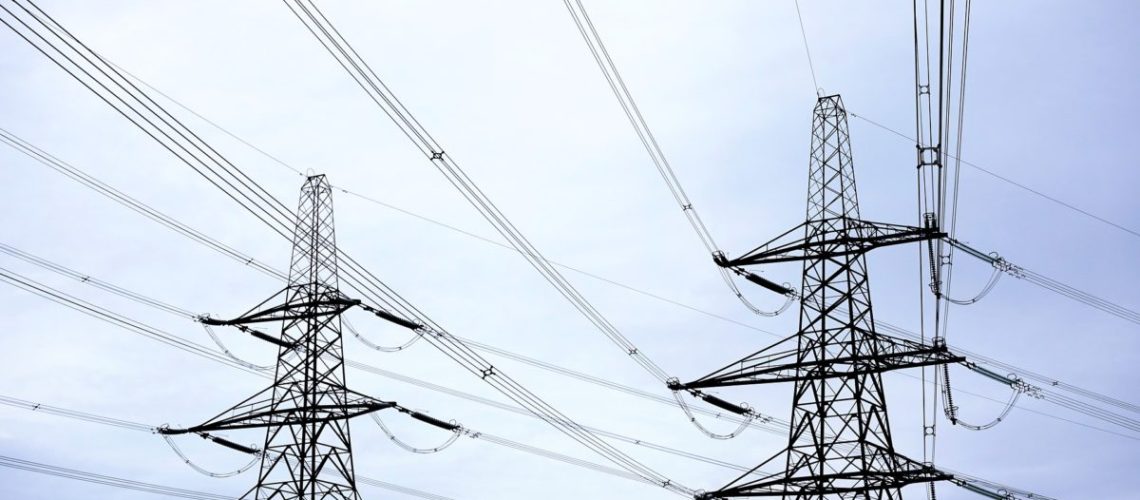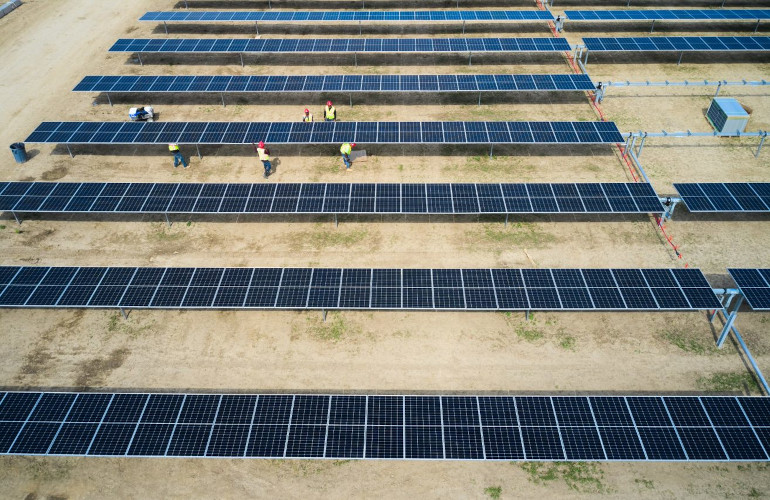Transmission competition is the key to upgrading our electricity grid in a cost-effective manner. FERC must embrace competition and deliver on its mandate to ensure just and reasonable rates for consumers.
In his 2022 State of the Union Address, President Biden accurately highlighted the significance of competition in capitalism, stating that “capitalism without competition is exploitation.” The American economic model thrives on competition, which drives innovation and holds monopolies in check keeping prices low for consumers. However, the Federal Energy Regulatory Commission (FERC) is currently considering a proposed rule on electricity transmission that not only fails to support competition expansion but retreats from existing regulations intended to introduce a new era of transmission competition. Instead of pursuing policies that lower electricity costs for consumers, FERC’s proposed rule would condemn ratepayers to decades of accelerating price hikes.
The need for new transmission is at the heart of the Biden administration’s energy strategy and vital for the United States’ efforts to reach net zero by 2050. According to the Net-Zero study by Princeton University, the U.S. will have to spend approximately $2.1 trillion on transmission in the next three decades. The cost of new transmission is significant, and the price of new transmission infrastructure will be borne by consumers. It is imperative that we find ways to lower the cost of expanding the grid. Electricity transmission competition is the answer.
Where electricity transmission competition has been allowed, it has been shown to lower transmission costs by up to 40% across a range of new transmission projects. It has played critical roles in bringing innovation to the transmission system and connecting needed renewable energy sources to the electricity grid. If new transmission projects were competitively bid, ratepayers could save over $800 billion.
Both the U.S. Department of Justice and the Federal Trade Commission (FTC) are strong advocates of competition and have expressed their support for electricity transmission competition in a joint comment submitted to FERC. Elizabeth Wilkins, FTC Director of Policy Planning, put it best “Competition is still the best way to ensure that our electric grid is built out in a way that lowers rates, increases innovation, and improves sustainability and resiliency.”
Incumbent monopoly utilities oppose competition for the simplest reason of all: profits. Utilities profit by applying a 10 to 12 percent rate of return on every dollar spent, with returns on their transmission investments lasting for up to 40 years. Naturally, these monopolies fear competition and have filed numerous comments to FERC to prevent its implementation. This anti-consumer business model was the driving force behind the Obama administration’s FERC Order 1000, which was designed to usher in a new era of competition by eliminating the utility’s right of first refusal (ROFR). Because FERC has failed to enforce Order 1000, only 3% of all transmission projects have been competitively bid.
Incumbent utilities have spent the decade since that order lobbying for state-level ROFRs and petitioning for waivers. The result is that despite flat electricity demand and supply, prices have increased consistently, and last year electricity prices recorded their highest annual increase since 1984. Between 2014 and 2021, the transmission portion of consumer electric bills skyrocketed by a staggering 79%, while energy and distribution cost components remained relatively low. The reason is evident: incumbent utilities have been able to steadily raise consumer prices without fear of losing business because of the absence of competition.
The recent declines in the rate of inflation in the Consumer Price Index have not been reflected in the electricity markets. The July 2023 data showed that electricity price inflation was 80% higher than the economy-wide CPI index. The rising price of electricity is affecting households, with a Census Bureau Household Pulse Survey revealing that 33% of the 44 million renter households across the country fell behind on their utility bills in the last year.
Transmission competition is the key to upgrading our electricity grid in a cost-effective manner. FERC must embrace competition and deliver on its mandate to ensure just and reasonable rates for consumers. The rest of the Biden administration and consumers from across the country support competition – FERC must do the same.
Paul Cicio is chairman, Electricity Transmission Competition Coalition and president of the Industrial Energy Consumers of America. He is a associate member of the Commodities Futures Trading Commission’s Energy and Environment Advisory Committee; a board member of the Center for Environmentally Responsible Materials Recycling and has served on other advisory roles for the U.S. Department of Energy and Department of the Interior.




